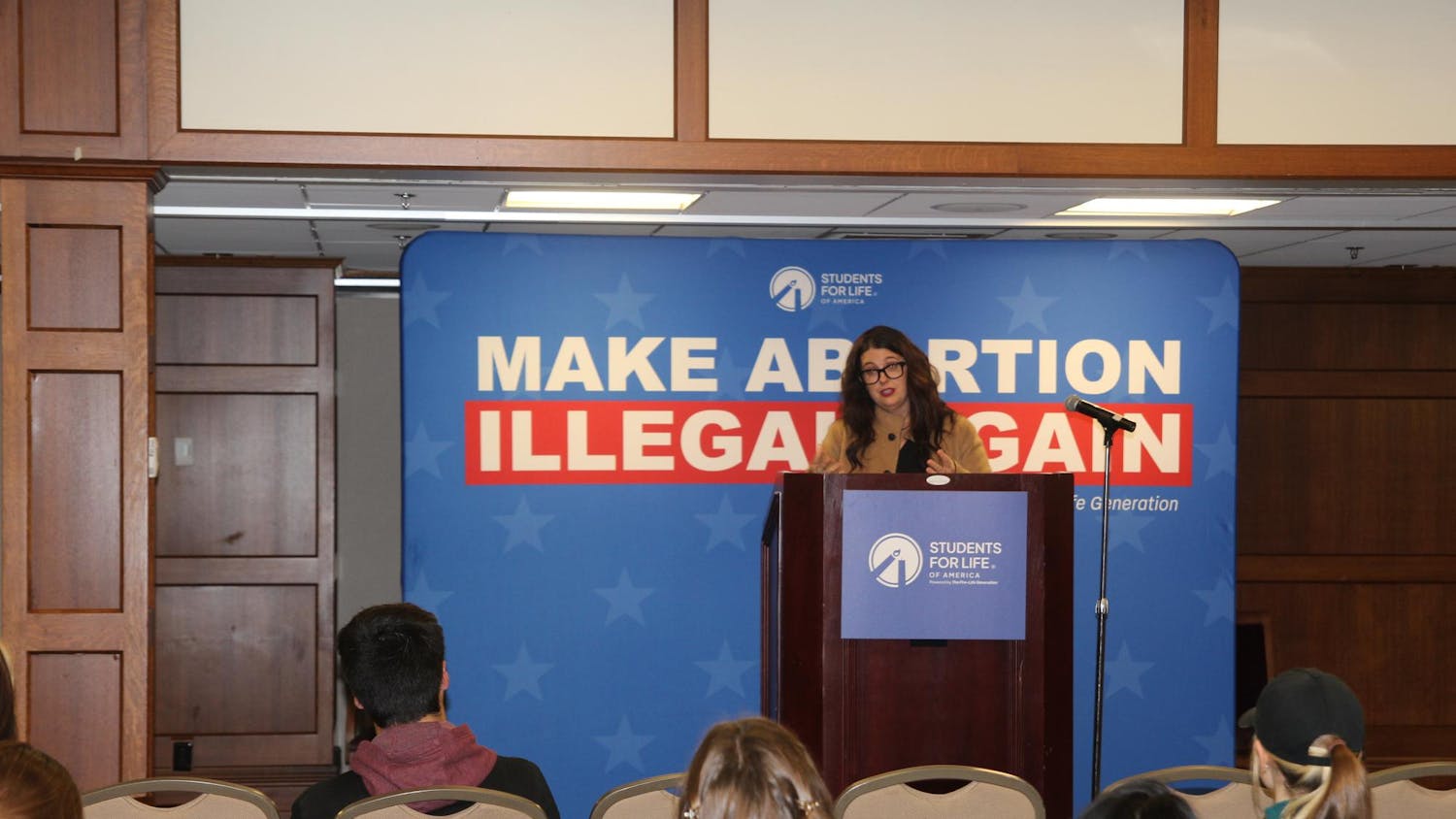Athletes need to stay active to compete during their careers, but it might prove painful later in life.
The IU School of Public Health conducted a recent study revealing elite college athletes might face mid-life health consequences.
The study was led by Janet Simon, an associate instructor/doctoral candidate in the IU School of Public Health. The study was featured in the American Journal of Sports Medicine this month.
“To be honest, I thought that former Division I athletes may complain of more serious injuries, which may cause physical limitations and pain than non-student-athletes,” Simon said. “However, I was surprised that the former Division I athletes also scored worse on the depression, fatigue and sleep disturbances scales.”
Division I athletes compete at the highest level of intercollegiate athletics in the country. Simon’s inspiration for the study came from meeting a Division I athlete who spoke about his previous injuries from college and how they have affected his ability to stay active with accomplishing tasks in his everyday life.
She said his story made her wonder if there are other athletes like him.
Simon sent out questionnaires about health-related quality of life to former Division I athletes, ages 40 to 64.
Her study analyzed questionnaires from 232 former Division I athletes and 225 non-collegiate athletes.
When Simon compared her studies on former Division I athletes to non-athletes who were physically active in college and then the general U.S. population, it appeared the second group reported the best quality of life, followed by the general U.S. population.
Simon said the reason the lowest qualities of life were reported by former Divison I athletes was simple.
“Former Division I athletes sustain more injuries and possibly more severe injuries due to the rigor of their sport,” she said.
According to her results, the former Division I athletes were more than twice as likely as non-athletes to report physical activity limitations to daily activities and exercise.
She discovered 67 percent of the athletes reported sustaining a major injury and 50 percent reported chronic injuries, compared to 28 percent and 26 percent respectively for non-athletes.
In regards to current IU students, Simon said all individuals should stay active, despite their athletic past.
“Many of the Division I sports are not lifelong sports, so it is important for the athletes
to find sports and activities that can keep them active as they age,” Simon said.
“Transitioning from a Division I athlete to a recreational athlete is hard, especially in sports such as football that may not translate as well to the recreational athlete lifestyle.”
Study finds athletes develop long-term health issues as they continue to train
Get stories like this in your inbox
Subscribe



